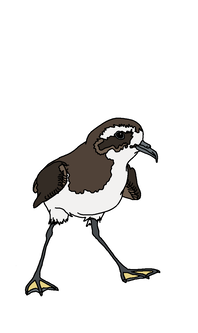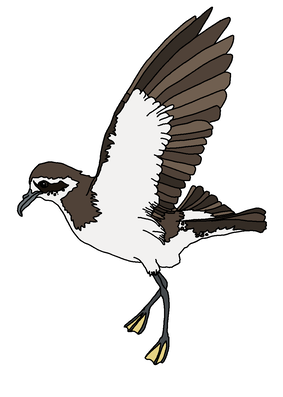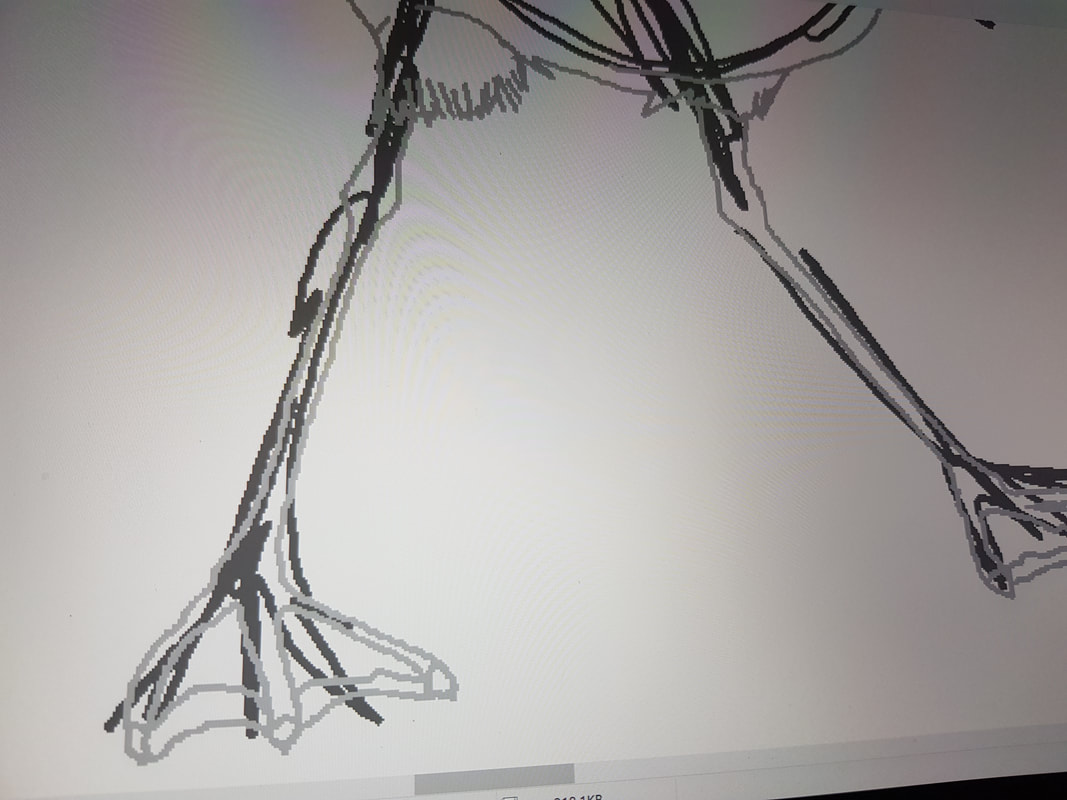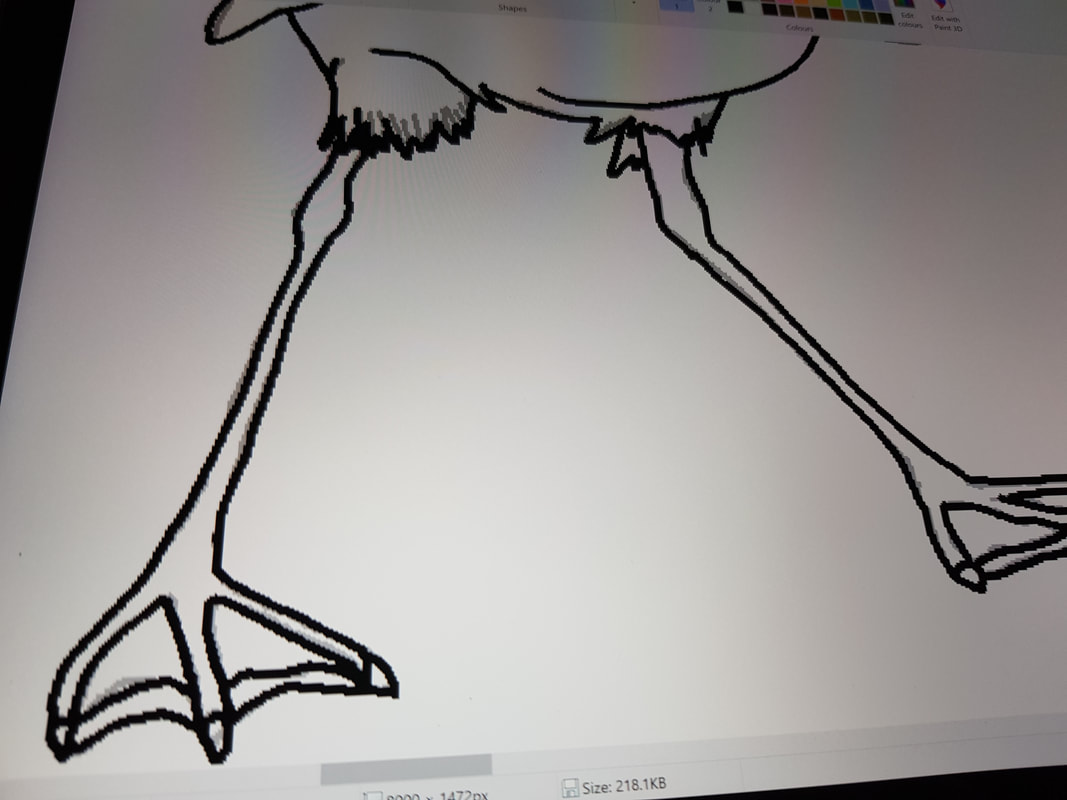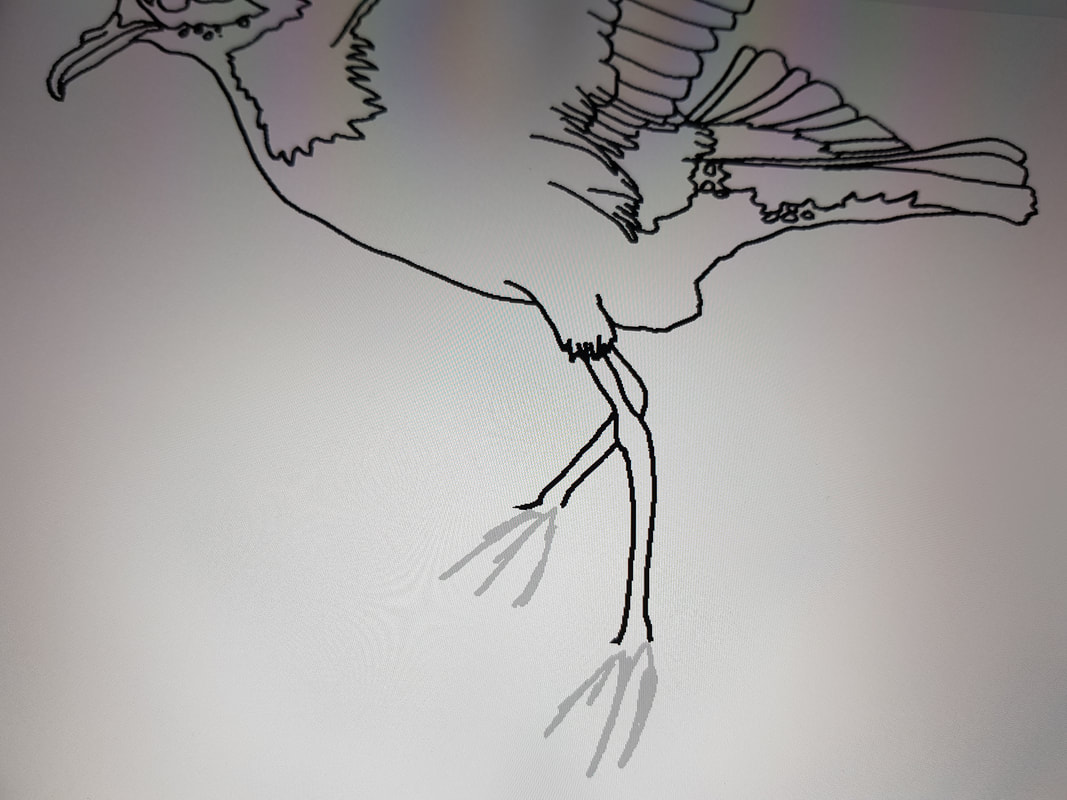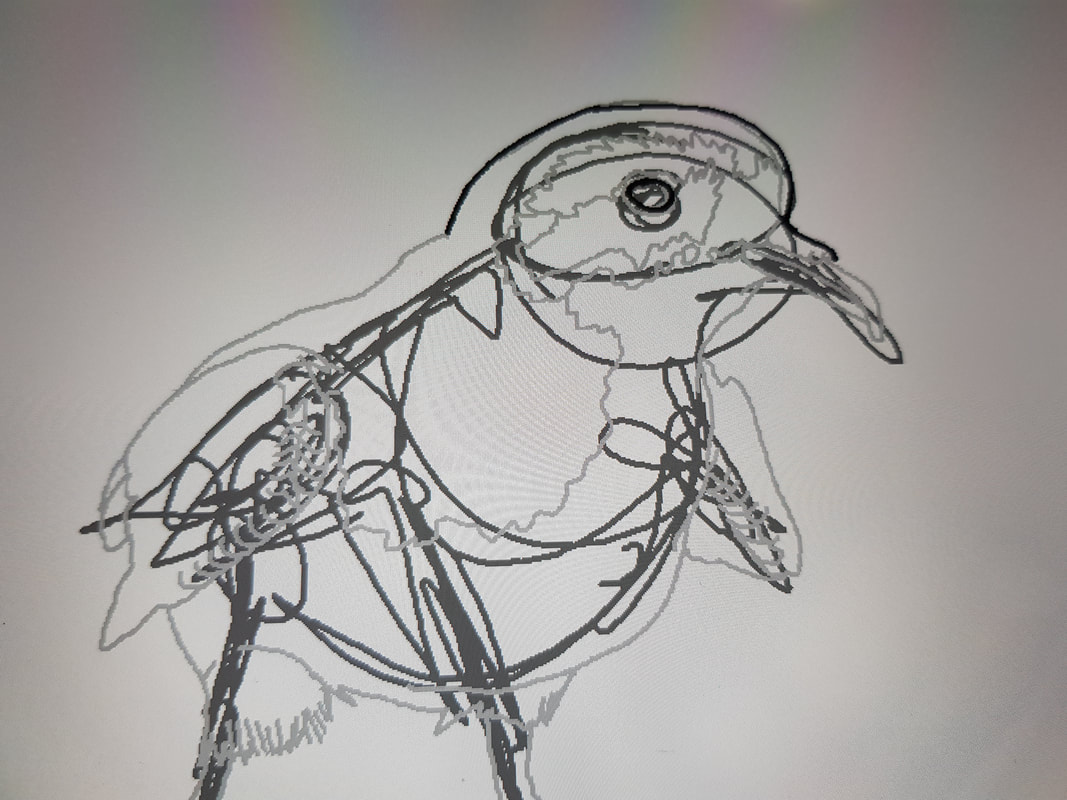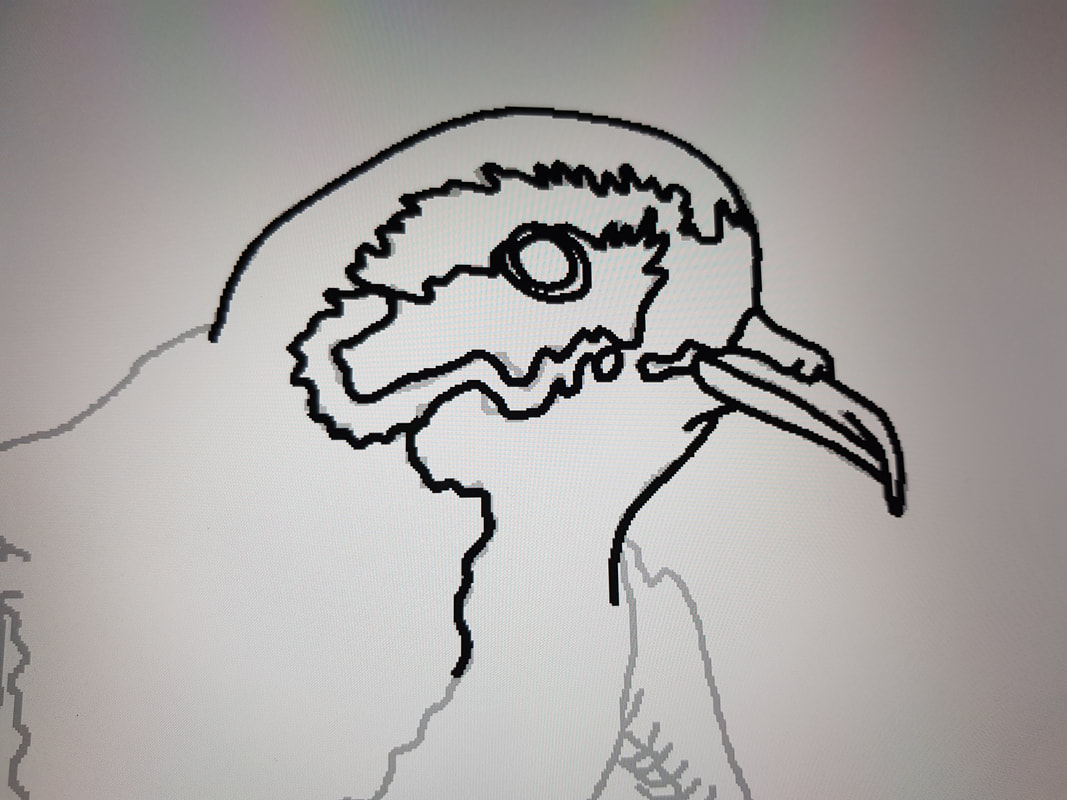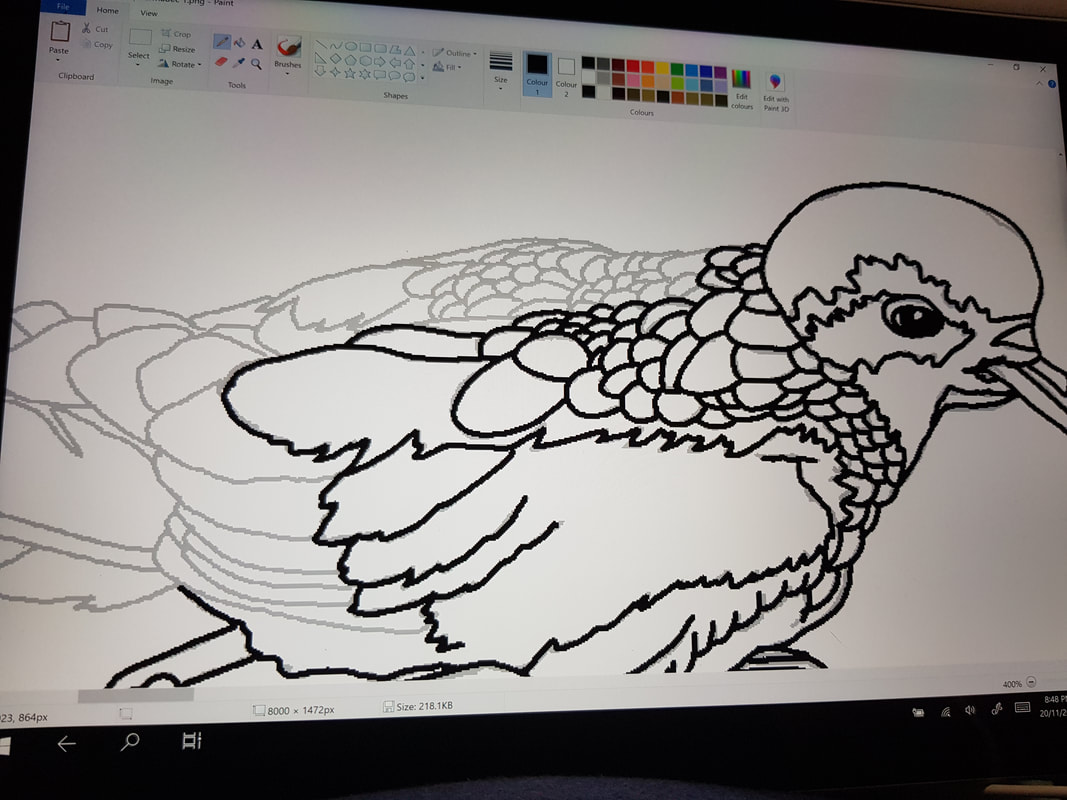A medium-sized storm petrel, grey above with prominent white rump, dark-grey flight feathers and tail, mainly white underparts, white face with a broad white stripe above the eye, a nearly square cut rather than forked tail when folded, and black legs and yellow webbing. In flight, the wings are broad and the long legs dangling; they move over water in a series of hops striking it with both legs.
Population: perhaps 100-300 pairs.
Source:
NZ birds online
The mysterious Kermadec petrel
The Kermadec storm petrel has been an enigma, only partly solved when a small breeding colony was discovered on the small and inaccessible Haszard Island in the Kermadec group in August 2006.
About 1890, storm petrels were said to be common at sea around the islands, and in 1907 two corpses were washed ashore on Raoul Island. In November 1925, 15 birds were shot at sea around the islands and from these the species was recognised as distinct and named. They were not recorded again until the 1960s and seen more frequently during the 1980s. Most of these records are close the Kermadec Islands but a group of 4 was seen 480 km off the Australian coast.
The inability to locate the breeding site led to the suggestion that they might be unusual Australian white-faced storm petrels rather than a distinct form, but the discovery of a colony of these distinctive birds has settled these doubts.
Source:
NZ birds online
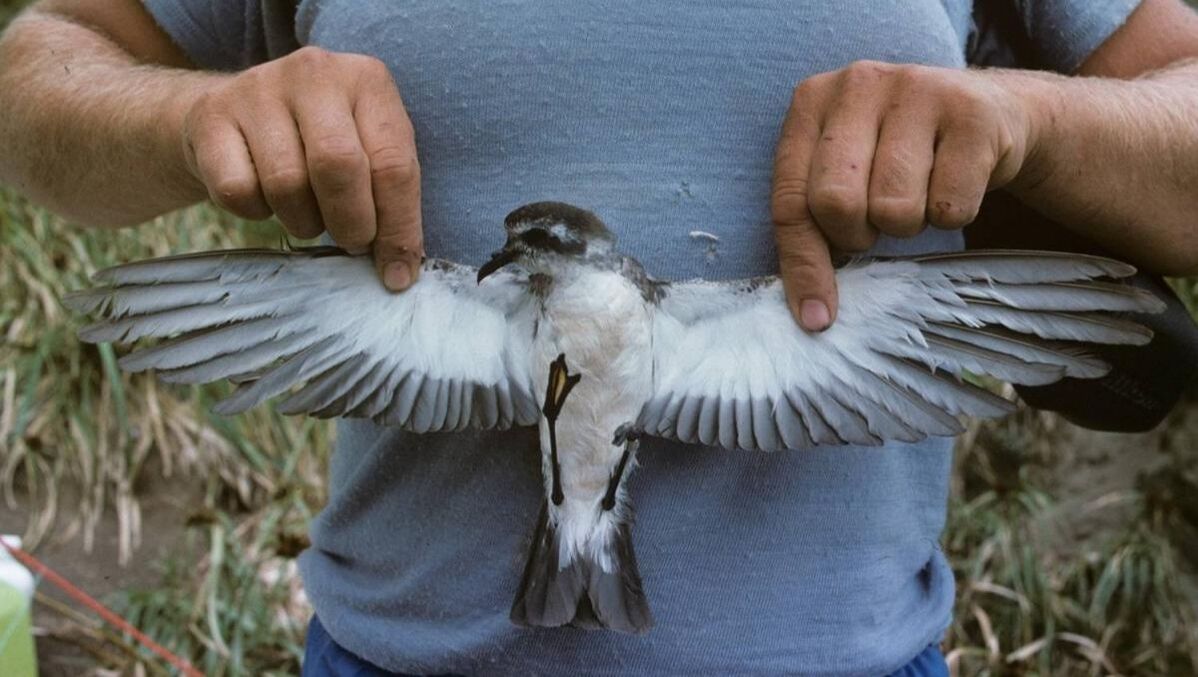
Kermadec storm petrel. Adult underside. Macauley Island, Kermadec Islands, December 1988. Image © Alan Tennyson by Alan Tennyson
|
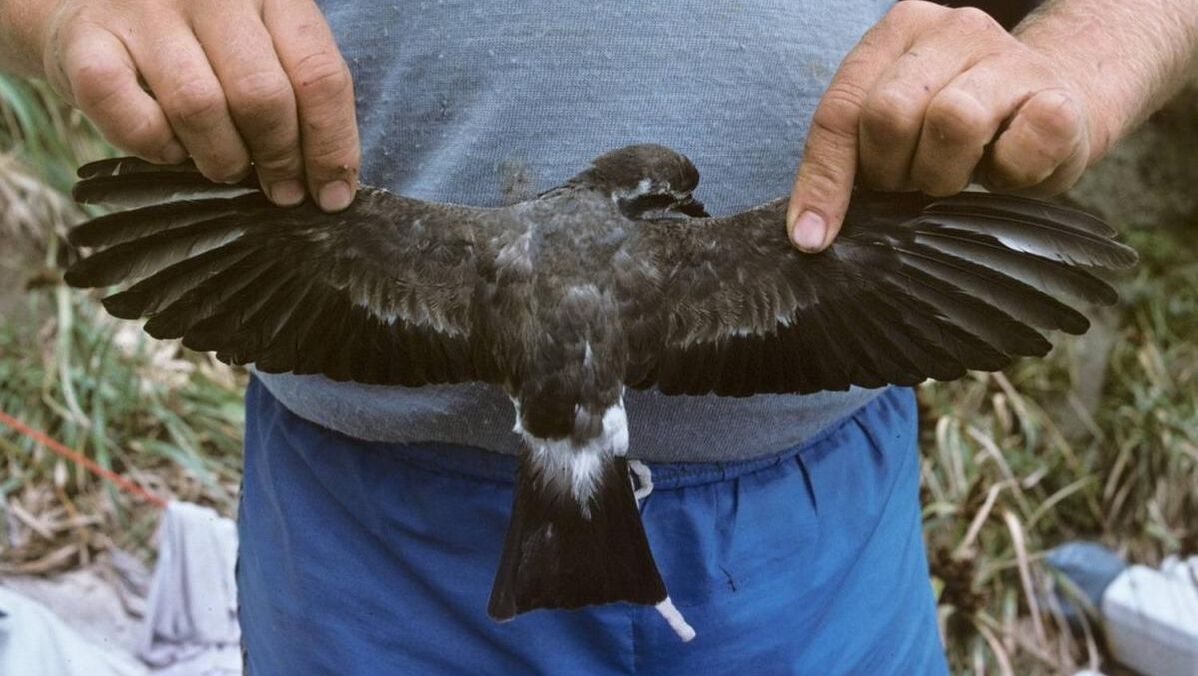
Kermadec storm petrel. Adult upper surface. Macauley Island, Kermadec Islands, December 1988. Image © Alan Tennyson by Alan Tennyson
|
Sources and resources
The Kermadec Islands /kərˈmædɛk/ (Māori: Rangitāhua) are a subtropical island arc in the South Pacific Ocean 800–1,000 km (500–620 mi) northeast of New Zealand’s North Island, and a similar distance southwest of Tonga. The islands are part of New Zealand, 33.6 km2 (13.0 sq mi) in total area and uninhabited, except for the permanently manned Raoul Island Station, the northernmost outpost of New Zealand.Source:
Wikipedia
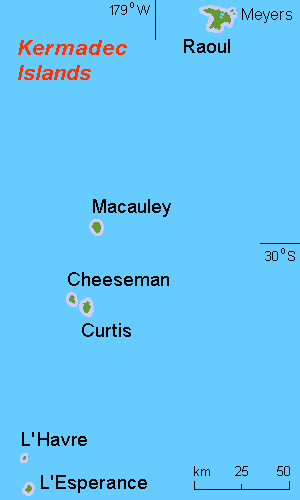
By Hobe / Holger Behr – Own work, Public Domain, https://commons.wikimedia.org/w/index.php?curid=2177197
|
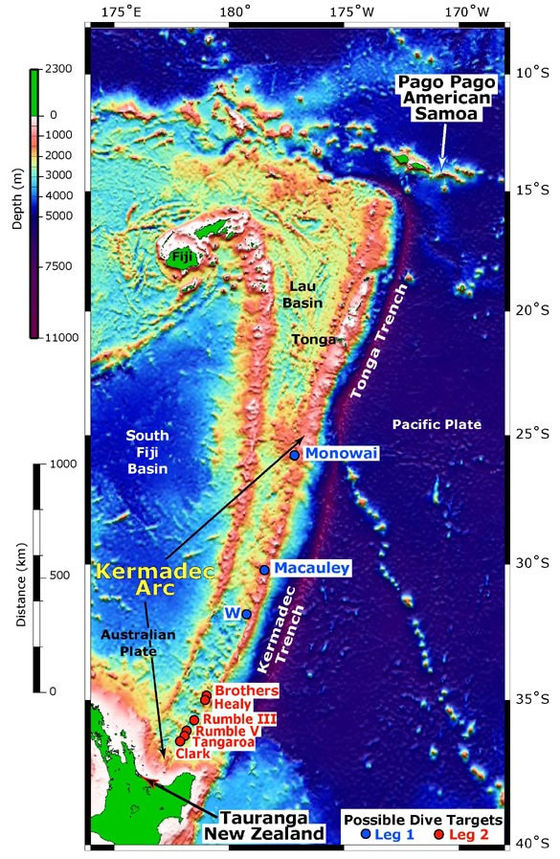
Map of Kermadec Arc north of the North Island of New Zealand.
|
Kermadec storm petrels look like and fly like a white-faced storm petrel, differing only in their rump colour. They are grey above with dark-grey flight feathers and tail; the under-surfaces are white, and there is a broad white stripe above the eye. The bill and legs are black with yellow webs on the feet. Their main distinguishing mark is a prominent white, rather than grey, rump, a nearly square cut rather than forked tail when folded, and there a little less grey on the sides of the breast. When feeding they move with the same high bounding hops as the white-faced storm petrel.Source:
NZ birds online
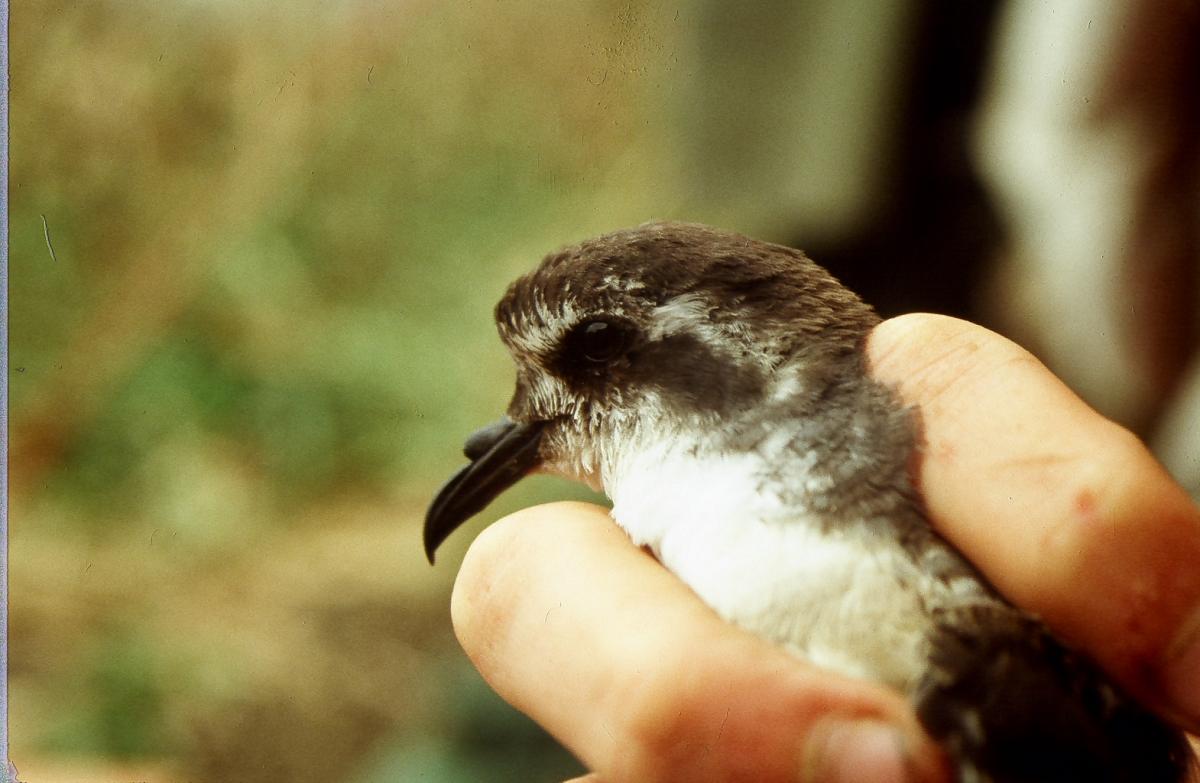
Kermadec storm petrel. Close view of adult head. Macauley Island, December 1988. Image © Graeme Taylor by Graeme Taylor
|
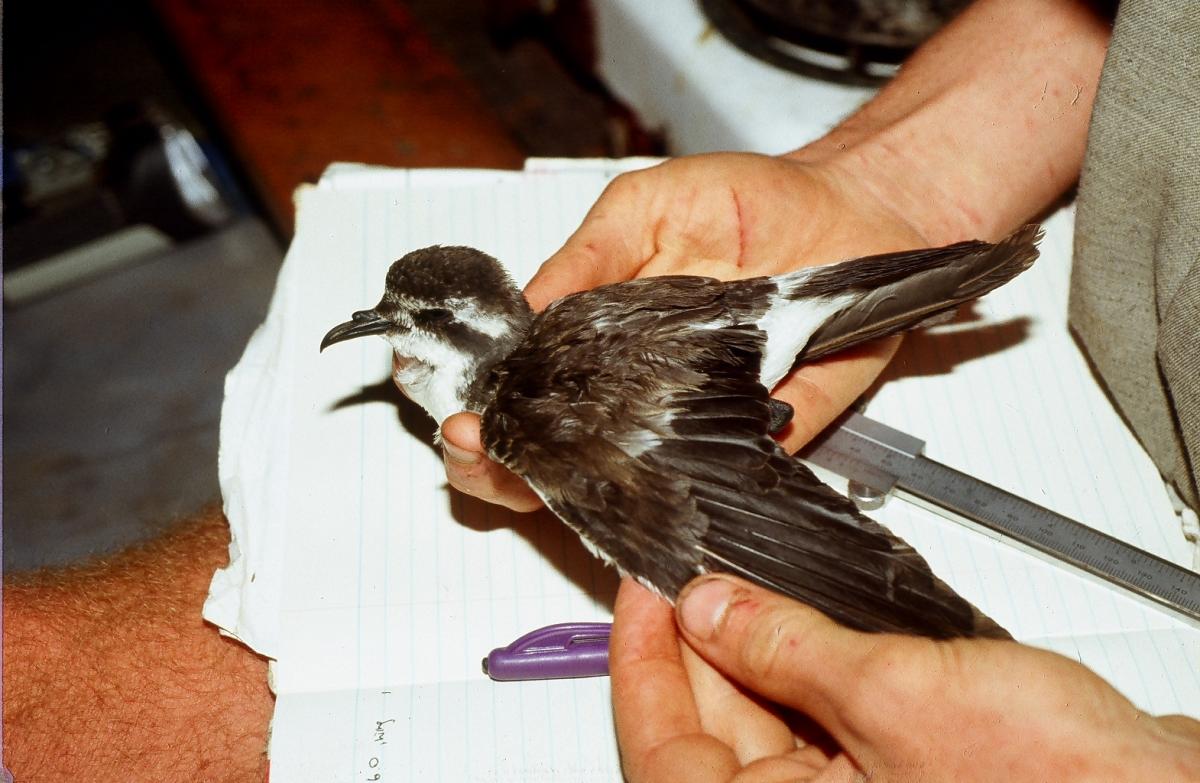
Kermadec storm petrel. Measuring adult bird in hand. Macauley Island, December 1988. Image © Graeme Taylor by Graeme Taylor
|
There are very few images of these rare birds from which to work, so I have also looked at standard white-faced storm petrels to understand their types of pose and movement, then referred back to the few authenticated photos for their colouration.
That’s the drawing all done, time to colour them in!
There you go, tiny petrels.

